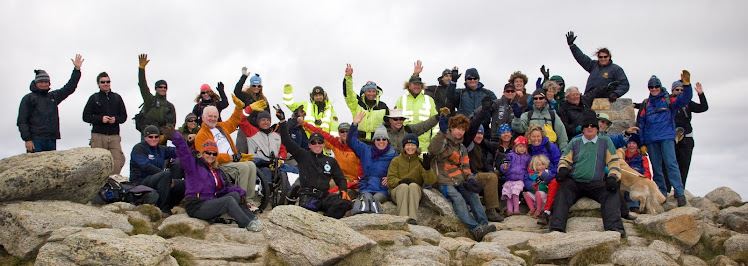My interest in accessible tourism derived from a chance involvement in research on the Disabled People’s International World Assembly held in Sydney in December 1994 (Darcy, 1995). Over 1000 delegates attended the World Assembly, approximately half of whom had disabilities. I thought that the World Assembly would be an opportunity to assess the delegates’ experience of tourism in Australia and their perceptions of Sydney Sydney Sydney
The results of the study showed that there was a series of startling problems that delegates to the world assembly faced from both a tourism and city accessibility perspectives. After the World Assembly had finished and I was analysing the data further, the results prompted a range of other questions. The major of these was ‘what is known about the tourism experiences of people with disabilities globally?’ Upon consulting the literature in Australia and overseas the answer emerged as a stark - ‘not much’ with the exception of the Smith’s (1987) theoretical examination of the leisure constraints of travel and Murray and Sproat’s (1990) exploratory examination of tourism and disability in Australia. This, in itself, was an insight into the status of disability and tourism as a focus of academic study and industry practice.
From this position, I embarked on research into the tourism patterns and experiences of people with physical disabilities supported by Tourism New South Wales (Darcy, 1998). Anxiety to Access as it became known, was named based on the experiences that people with disabilities described to me – one of psychological distress (anxiety) as they planned their trip and they remained anxious at every stage of the journey until they discovered whether the next stage they entered was accessible. As a person with a disability with high support needs, what was being described to me was the way that I feel each time I travelled. Apart from these qualitative elements, the study was more important because of the questionnaire design, resultant sample size of 2700 and the detailed analysis of travel patterns that was carried out. For the first time the disability advocacy movement could use statistically valid and reliable data to put a case to tourism industry that disability was a tourism market segment in its own right. The resulting market estimates first published as a conference paper (Darcy, 1996) and then incorporated into the final report (Darcy, 1998) are still quoted a decade later by the advocacy movement, tourism industry and government alike. In the time since this research began a lot more is known about tourism and people with disabilities. Slowly a more sophisticated understanding of ‘accessible tourism’ is emerging as more research informs policy and practice. However, a number of recent incidents with air travel over the last two years (AAP, 2008; Butson, 2009; Teutsch, 2008; Vedelago, 2009) highlighted that the struggle of people with disabilities and other embidiements face in having an equality of tourism service provision continues.
For an overview of contemporary practice see the Rollin Rains Report - http://www.rollingrains.com/
References
AAP (2008, 18 June). Virgin Blue to face discrimination suit. Sydney Morning Herald.
Butson, T. (2009, 25 November). Jetstar sorry for Fearnley affront. Newcastle Herald, p. 3. from http://www.theherald.com.au/news/local/news/general/jetstar-sorry-for-kurt-fearnley-affront/1686691.aspx.
Darcy, S. (1995). Satisfaction and Experiences of Sydney as an Accessible Destination: 1994 World Assembly of Disabled Peoples International. Sydney: Centre for Leisure and Tourism Studies and People with Disabilities (NSW) Inc.
Darcy, S. (1996, 10-12 October). Estimating the size of the market of tourism for people with a physical disability (Refereed conference proceedings). Paper presented at the Citizenship...Beyond Disability - NICAN 1996, Brisbane Novotel, 10-12 October 1996 (pp 112-119).
Darcy, S. (1998). Anxiety to access: tourism patterns and experiences of New South Wales people with a physical disability. Sydney: Tourism New South Wales.
Murray, M., & Sproats, J. (1990). The disabled traveller: Tourism and disability in Australia. Journal of Tourism Studies, 1(1), 9-14.
Smith, R. (1987). Leisure of disabled tourists: barriers to participation. Annals of Tourism Research, 14(3), 376-389.
Teutsch, D. (2008, 13 January). Access Restricted: flying can be an ordeal for people with disabilities. The Sun-Herald, p. 34
Vedelago, C. (2009, 18 January). When size matters: obese passengers and economy seating. Sydney Morning Herald. from http://www.smh.com.au/travel/when-size-matters-obese-passengers-and-economy-seating-20090114-7gm7.html.










No comments:
Post a Comment